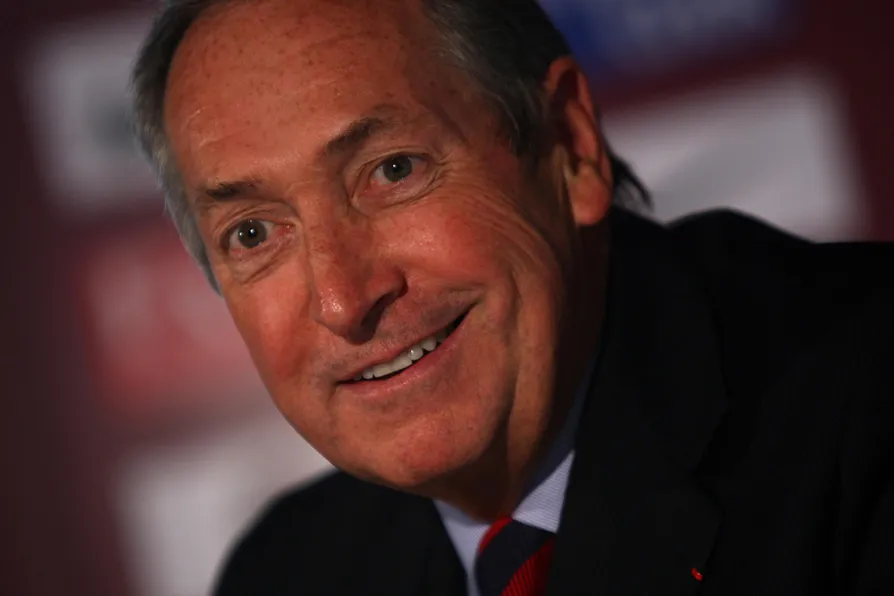‘I’ve been Red all my life:’ Houllier's legacy lives on
JAMES NALTON writes on how the teacher-turned-professional-coach impacted not only Liverpool but European football too

 Former Liverpool manager Gerard Houllier
Former Liverpool manager Gerard Houllier
GERARD HOULLIER, who died on Monday aged 73, will be remembered across Europe for his football teachings, player development and man-management.
Nowhere is this more the case than at Liverpool FC, where his personable nature, love for the city and its football put him up there among the club’s greats.
Born in Therouanne in northern France in 1947, Houllier’s first job in Liverpool was as a teacher at Alsop Comprehensive School in 1969 through to 1970, not far from Stanley Park which separates the stadiums of Liverpool and Everton.
Similar stories

JAMES NALTON writes on how the title win has sparked long-awaited celebrations among fans after a triumph four years — and one pandemic — in the making

As the transformation of the game in Europe continues, Umea IK is among the unfashionable clubs of yesteryear who know they can no longer compete

It's refreshing to see a team storm to the top of the Premier League without using the transfer market, but how long can that last, asks JAMES NALTON

JAMES NALTON writes how the Liverpudlian carried himself like a seasoned international against Greece in his senior debut for the Three Lions










